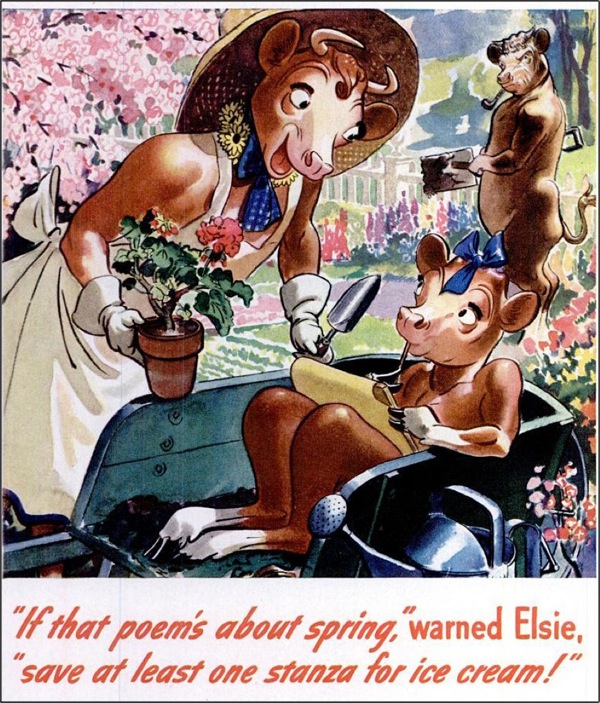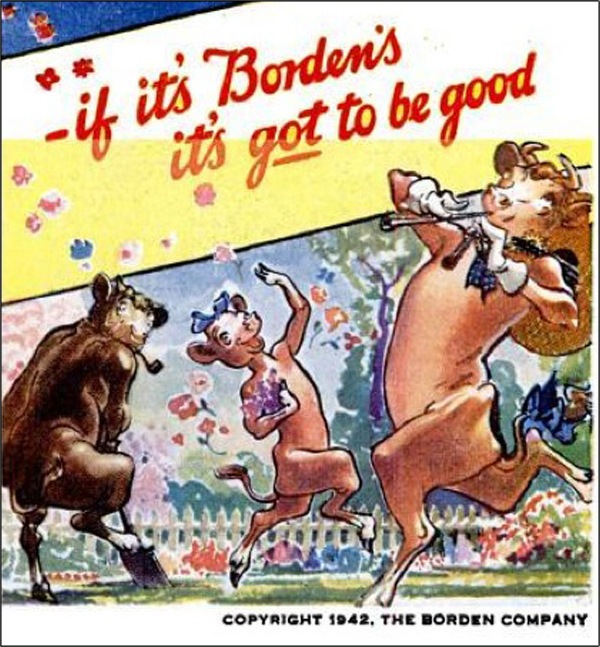That's an ordinary day downtown.
Six streetcars in the course of three blocks. On the right, of course, you have Sanitary Meats, which put Flyblown Beef out of business in six months. Sterling Electric is still around. Penneys moved to to the building across the street, the white one; that would be the Syndicate Building; it's gone, but most of these buildings are still around. The columns were the Federal Reserve, mauled in a renovation. The taller buildling beyond is the First National / Soo Line, which is now apartments. I can never get used to that. It's a damned office building.
The street isn't particularly vital today. Is it.


It's on the way up, though; the view doesn't show a new apartment tower on the left corner, and there's more on the way.
The reason for this Bleat Banner will be apparent in a day or two.
Right now I am waiting to hear a scream. Daughter said today in school she - with the help of confederates - took a band-aid, added some ketchup, and left it on someone's chair. Grand prank! So tonight i took a band-aid, added some ketchup -
She jsut found it! DAD. THAT'S GROSS.
I left it on the piano books. It's not as if she can complain, can she?
Watched “Inside Lleewewlynnw David” this weekend, and liked it, even though I can’t render the title correctly. People have noted that the main character is an unpleasant man and the movie doesn’t seem to judge him one way or the other. It merely shows the course of a few weeks and then it ends where it begins.
I loved the way it summed up the dilapidated New York of early 60s with just some threadbare apartments and a desaturated palette; John Goodman was great, as ever - and really, there’s no reason he couldn’t have been Mad Man Mundt, could he? I suppose there’s an entire website devoted to that very question.
The common slam on the Coens is that they don’t like their characters. I actually arrived at that conclusion independent of critical sites exploring the theory, which suggests it’s pretty fargin’ obvious. But it was obvious from the start with “Blood Simple,” which is a noir without a hero, and ends with the most bleakly grim and amusing refutation of the noir tropes you can imagine. But “Raising Arizona”? They seem crazy-mad in love with every character in the film, and the movie just pops and crackles and careens with delight. If anything, though, they hold their characters at a distance - a moth on a pin, wings still trying to flutter. There’s no reason for “Inside” to exist, no story that requires telling, no insights, no revelations, no redemption, no arc. It’s just a week of a man in a time and place. I don’t even like folk music. This thing held me in every frame. At the end of every one of their movies I feel like I’ve splashed rubbing alcohol on my face and walked outside into a cold wind.
There are a few I’ve not seen, because they seemed to be going through a Woody-Allen-Curse-of-the-Jade-Scorpion period, and I looked away.
Interesting Woody came to mind; I used to love his stuff, but remember the exact moment when I realized he couldn’t write dialogue for actual human beings. Michael Caine, “Hannah and Her Sisters.” Some younger object of affection had agreed to meet him; he leans against a wall and says, out loud, “she said Yes. I’m walking on air.”
Clang doesn’t describe what I felt in my head. A few dozen cymbals tossed down an Up Escalator is closer. Woody Allen has put more wood in the mouth of his characters than the guy who invented the disposable tongue depressor. Perhaps it’s this: Allen is a nihilist whose characters search for meaning; the Coen Brothers are romantics whose characters confront reality. The former example is grounded in the futility of it all; the latter is a caution against finding too much meaning in the swells and peaks and troughs of life. Not to say you shouldn’t look: that’s what art is for, as “Finding” clearly suggests. Something makes him sing like that. But in the end it’s not art that redeems him. The idea seems ridiculous, a sophomoric conceit.
If there was one phrase that ran through the overheated rock crit-lit of my youth, it was the “redemptive power of rock ’n’ roll.” As of the communal act of swaying and fist-pumping and nodding with concerted enthusiasm and agreement to the music constituted some sort of moral realignment and personal absolution. It wasn’t redemption; it was the validation of pre-existing assumptions mixed with the illusions of generational solidarity.
But it was fun. At a certain age you imbue fun with more more meaning than it can possibly contain.
Every generation in the last four or five iterations has had their version; the illusion that time and culture and music have attained a synthesis utterly unique and unmatched by any who came before. If I was immune to this it’s because of Benny Goodman and Steve Allen. In my second year in college, I believe, I was in the dorm room by myself one night, and they played “The Benny Goodman Story.” It’s in color, but I had a B&W set. The scene at the Paramount: the band ascends on a pneumatic riser to the ecstatic cheers of the crowd, which takes them by surprise. They launch into the hot stuff, man, and the crowd erupts. For some reason that jazz got to me. It wasn’t dad’s music anymore. It was mine and if it was mine and dad’s, well, it could be everyone’s, right?
In retrospect such bands seem astonishing, the work of breath and muscle, practice and skill, a living sound, a wild mad great bray whose disruptive effect required exacting technique - but was less an intellectual procession of fingers on instruments than the sound of a gleeful Id assembling like a funnel cloud to toss the cows and wreck the barns. It’s glorious.
Watching it again for the first time in a long time, I’m amused: the tune they play as the band rises . . . is the theme of the Diner. Benny’s wife is Donna Reed, who reminds me of my spouse. Who knows what influence that late-night viewing alone in a corner room of Sanford Hall had.
Just glad I didn’t catch “The Jolson Story.”
Medallion harvesting from the building has begun. You don't build that if you're just exploring what to do.





The weekly Borden: So she puts on gloves, and she has fingers. Makes sense:


 |
Elmer’s expression could be due to many factors: he’s hungover and someone is talking; Beulah doesn’t need her head filled with any of that poetry nonsense, the calf spends too much time in the clouds as it is; Elsie should let Beulah write what she pleases without insisting it get Bordenized like every other goldurned thing in their lives. It’s not like the boss is going to come around and ask if anyone in the house wrote doggerel about spring and forgot to push the ice cream.
Rather passive-aggressive complimenting there, Mom.
But all’s fine at the end, of course. |

FIZRIN!
Fizzing + aspirin = Fizrin.



Let Bob Crane introduce the ad. Try not to wonder why someone is shouting WHY NOT periodically.
I’m convinced this is the origin of “Fizbin,” the card game Kirk invented to confound his captors. Trademarked in 1954 by Sterling Drugs. They went up against Alka-Seltzer.
Ask Bromo-Seltzer how that worked out.
GLAMORENE
There’s a 98-year-old David Rennels in Alliance OH. That’s probably his wife.Wonder if he remembers his delight, or what he did with with $41.71.



This page says:
Glamorene was originally made by the company Jerclaydon, a company owned by three brothers named Sheldon, Clayton and Jerold Hulsh. Time magazine has a great article from the 1950s on its testing by Reader’s Digest; apparently it was a “compound of cellulose fiber (resembling sawdust) and various cleaning agents which can be rubbed into a rug, then brushed out bringing the dirt with it.”
Jerclaydon - great name - also made POWER FOAM, but Glamorene seems to have been its big seller. They advertised for a week on “The Couple Next Door.”
GIN
Ever wonder what Damon Runyan looked like? Let us to regard this citizen, who is more than somewhat posed:


The ad is from 1938. He stopped drinking in his 30s, and would have been in his 40s in this picture. Other than that, sure, take it from him.
BRUSH FOR TWO MINUTES
I don’t know why, but I have the suspicion it was marketed to women for a while:



This was what we used when I was growing up; apparently the flavor appealed to everyone in the house. (It’s derived from sassafras.) Now Pepsodent is sold world-wide . . . except in the US and Canada. Odd how that worked out.
America, then:
Indonesia, now:
REAL VALUE
Finally, a rare look at an in-store brand block:



It’ll be even more interesting, ladies, when you walk around to the front where you can see what the heck he’s talking about!


Usual usual here and there; see you around.
|